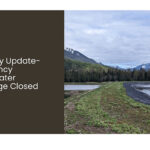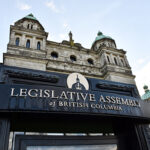Home »
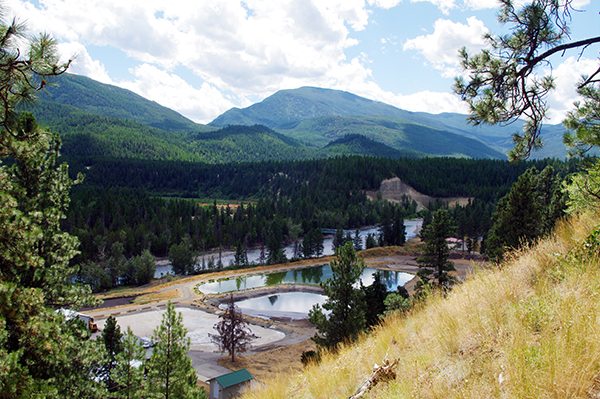
WTF moves to design phase; transit use up
By Nowell Berg
On August 14, City of Kimberley council held its bi-monthly meeting.
Councillors Kent Goodwin, Albert Hoglund, Nigel Kitto and Darryl Oakley were present along with Mayor Don McCormick.
Councillors Bev Middlebrook and Sandra Roberts were absent as was CAO Scott Sommerville. CFO Jim Hendricks sat in as Acting CAO.
Nearing the dog days of summer, council faced a light agenda.
Tourist bitten by vicious dog
The Marsden area was the recent scene of a vicious dog attack on a tourist. After an investigation by Bylaw Enforcement, positive identification was not possible, so no action was taken.
The city wants to remind all dog owners they are responsible for securing their dogs and not allowing them to roam at large or off leash. The latter situation was the cause of a dog being struck and killed in July.
Animal control notices were distributed around Townsite, which continues to be a source of some irresponsible dog ownership.

Water restrictions
With the hot dry summer comes water restrictions which are in effect. Water restriction regulations can be found here.
In July, Bylaw Enforcement handed out 38 municipal warnings along with 10 verbal warnings. Residents who continue violating water restrictions face a $100 fine.
Water Treatment Facility moves into preliminary design phase
Council unanimously approved a motion for Urban Systems to begin “the preliminary design stage for the Wastewater Treatment Facility (WWTF)” based on a future city population of 9,015.
Population growth is a significant factor in determining the “flows and loads for the WWTF design,” said Jan Korinek of Urban Systems.
Korinek was on hand to present Urban Systems Memorandum and answer questions. The detailed Memorandum can be found here on page 85.
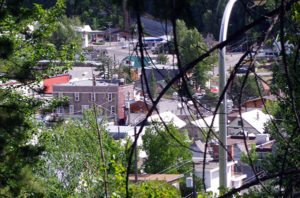 The Memorandum presents four future population scenarios for Kimberley in 2041. They range from a low of 9,015 to a high of 10,274.
The Memorandum presents four future population scenarios for Kimberley in 2041. They range from a low of 9,015 to a high of 10,274.
The 2016 Federal Government Census reports the permanent residential population of Kimberley as being 7,425 persons. Urban Systems believes there will be a 0.06% annual growth rate in permanent residents through 2041, which would put the population at 8,620 persons.
The recreational property residential population, based on the 2016 Census, was 1,579. The growth rate in this population is expected to be .09% per year through 2041, which would put that population at 1,975 persons.
For the purposes of WWTF design, Urban Systems is working on the assumption of a 20% occupancy on a yearly average for recreational property residents. This puts their total at 395 persons. Combined with the 8,620 permanent residents, the 2041 population of Kimberley for WWTF design purposes would be 9,015.
After receiving council approval on the future population estimates, Urban Systems will now begin the facility design for the sewage and wastewater flow loads for that population.
The Urban Systems Memorandum concludes, “The design flows and loads will inform the Environmental Impact Study (EIS) to set the effluent criteria and treatment objectives for the new wastewater treatment facility. The design flows and loads and the effluent criteria together determine the sizing and cost of the various processes that will form the basis of the new facility.”
BC Transit ridership increases (2016-2017)
 Over the past year, the Transit Performance Report shows “a 17% increase in total ridership.” The report also notes there was “an overall 16% increase” in passenger trips.
Over the past year, the Transit Performance Report shows “a 17% increase in total ridership.” The report also notes there was “an overall 16% increase” in passenger trips.
When it came to on-request door-to-door service and trips on Wednesday and Friday to Cranbrook, there was a 20% increase in ridership.
People using the Health Connections service to Cranbrook (Tuesdays and Thursdays) increased by eight per cent. Trips for medical purposes saw a six per cent decrease from the previous year.
The one negative factor in service delivery and performance was “the large number (361) of no-shows.” This occurred because the client requesting door-to-door service failed to show up or “cancelled at the pick-up location.”
The total cost of Transit service (2016/2017) was $381,000, “one per cent under budget.” Fully, 20,000 passenger trips were completed compared to 17,000 in 2015/2016.
Beginning September 5, BC Transit will add 1,000 hours of commuter service from Kimberley to Cranbrook, morning and afternoon, Monday to Friday.
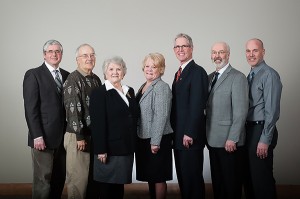 Kimberley city council meets twice monthly. All meetings start at 7 p.m. and are open to the public. Check the city’s website here for the meeting agenda. Click on the 2017 folder and follow the link.
Kimberley city council meets twice monthly. All meetings start at 7 p.m. and are open to the public. Check the city’s website here for the meeting agenda. Click on the 2017 folder and follow the link.
The next council meeting is Monday, August 28.
It’s your city; get involved.
e-KNOW






